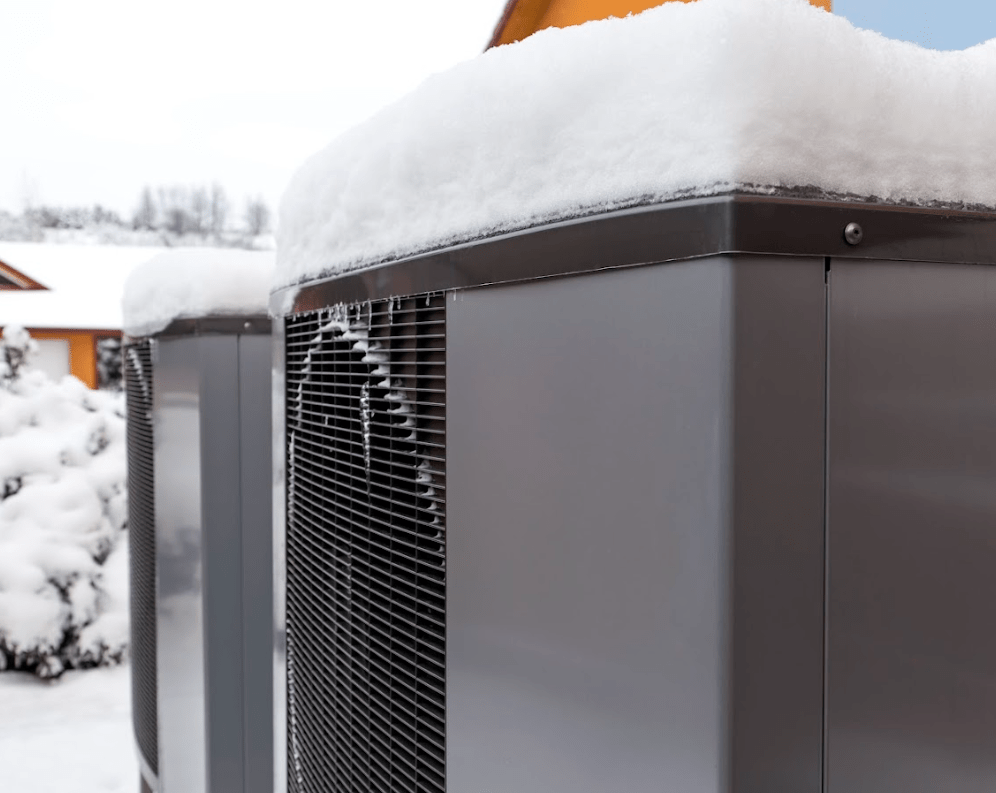
Diagnosing a Failed Home Furnace Heat Exchanger: Tools & Tips
What are the two types of furnace heat exchangers?
Furnace heat exchangers are essential components of HVAC systems, used primarily to capture and distribute warmth throughout homes and buildings. There are two primary types of furnace heat exchangers: finned heat exchangers and tubular heat exchangers. Each type utilizes a different design to maximize your heating system’s efficiency with minimal energy consumption. Finned models tend to have longer lifespans due to solid construction, while tubular units feature more open frameworks that permit increased airflow. Whatever option you choose, you can rest assured knowing that your home is receiving the regulated temperature it needs at maximum efficiency.
How can you know when a heat exchanger has failed?
Knowing when a home furnace heat exchanger has failed can be a difficult diagnosis. If you start noticing the home furnace emitting strange noises, such as banging or clicking, this could mean an issue is present within a heat exchanger. In addition to odd sounds, home furnaces that fail to reach their proper temperature set-point could also indicate a malfunctioning heat exchanger. Lastly, you should have your home furnace checked annually for potential problems and inspect the heat exchanges each time. Decay of material or debris buildup are tell-tale signs that your home furnace heat exchanger may fail.
What tools are needed to determine if a heat exchanger is bad?
Knowing when a heat exchanger is terrible can be intimidating, but with the right tools, it is easy to determine its condition. When testing a heat exchanger, some basic tools include a multimeter to measure resistance, a combustible gas detector to detect potential leaks, and an infrared thermometer to identify areas with higher-than-normal temperatures. These combined can help you quickly diagnose whether or not your heat exchanger is bad. For detailed assessments, refractometers and spectrophotometers are excellent tools to determine the system’s health. Just remember that before testing any mechanical device like a heat exchanger, it is best practice to check all connections and visual components first.
What are the options if a heat exchanger is bad?
Several options can be pursued if a heat exchanger is not functioning correctly. First, it is essential to diagnose why the unit is malfunctioning and make necessary repairs. It could be as simple as replacing a damaged element or adjusting the controls or sensors. If necessary, the unit may need to be replaced to ensure proper heating and cooling of your home or office. Replacing an entire heat exchanger requires proper research and planning, so you should work with an expert who can help select the model that suits your desired budget and energy efficiency needs. Alternatively, a professional technician can repair the existing model to save costs without sacrificing quality results.
Do electric furnaces have heat exchangers?
Electric furnaces are excellent heating systems for many homes and businesses. They are ecologically friendly, cost-efficient, and require very little maintenance. But do electric furnaces have heat exchangers? Absolutely! Heat exchangers are an essential component of every electric furnace, responsible for transferring the heat from the combustion process into your home or business. Without a heat exchanger, electric furnaces would be inefficient, unable to keep your space at comfortable temperatures all year long. Fortunately, with the help of professional HVAC technicians, you can maintain and repair the heat exchanger in your electric furnace to ensure it runs optimally for years to come.




